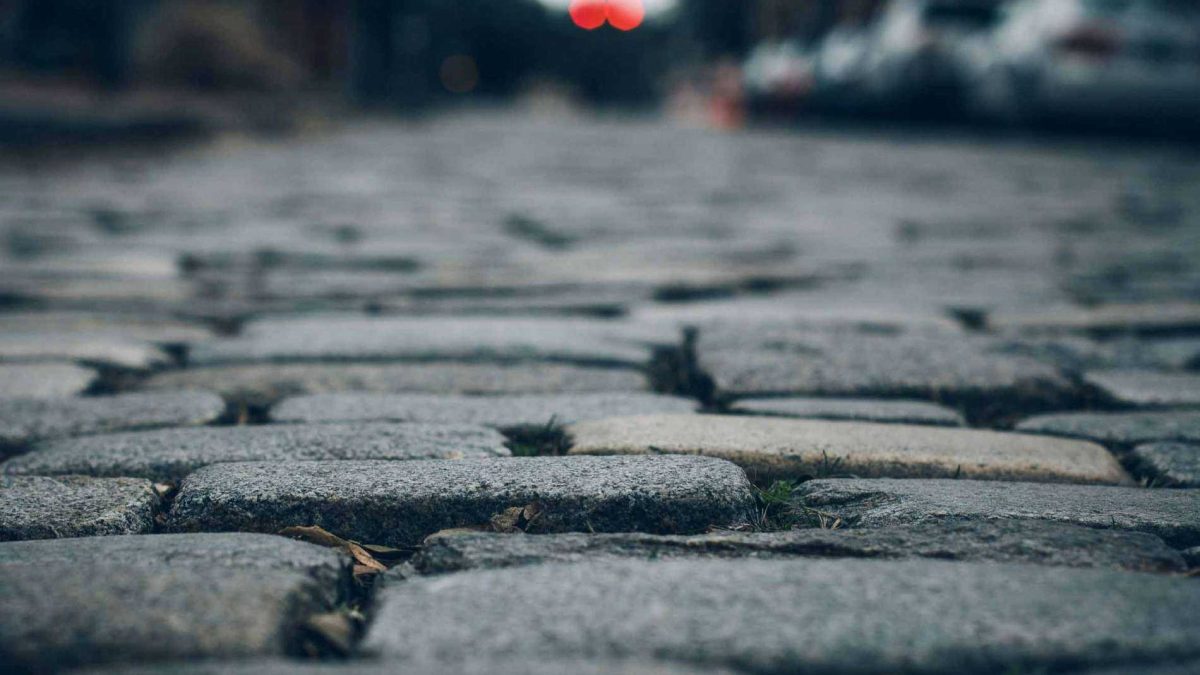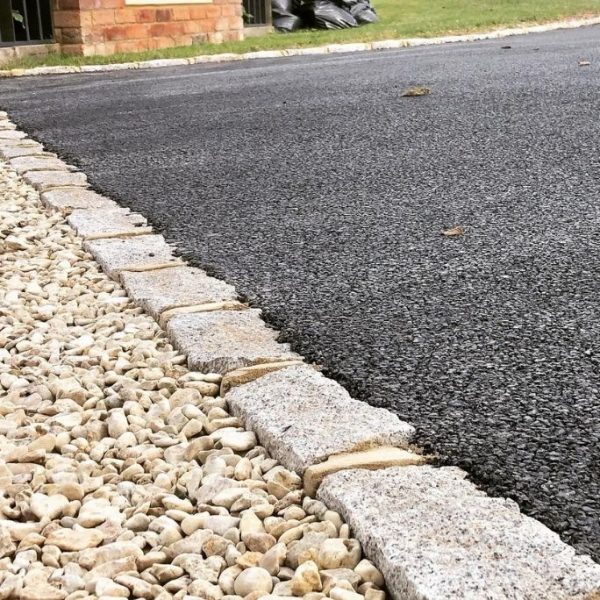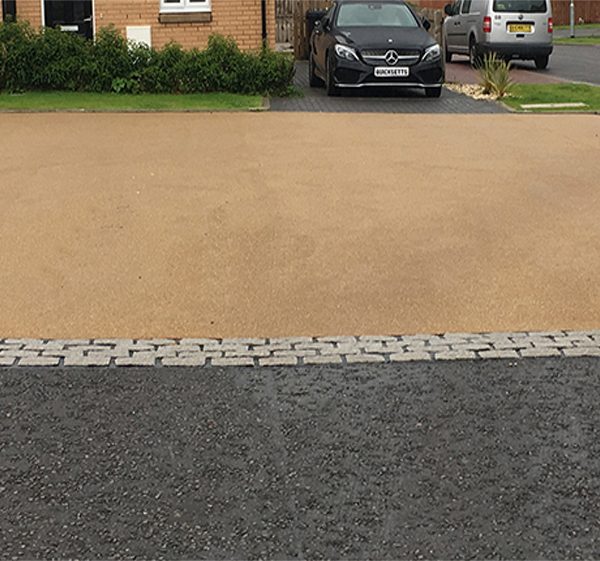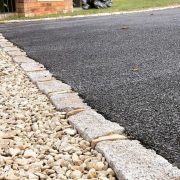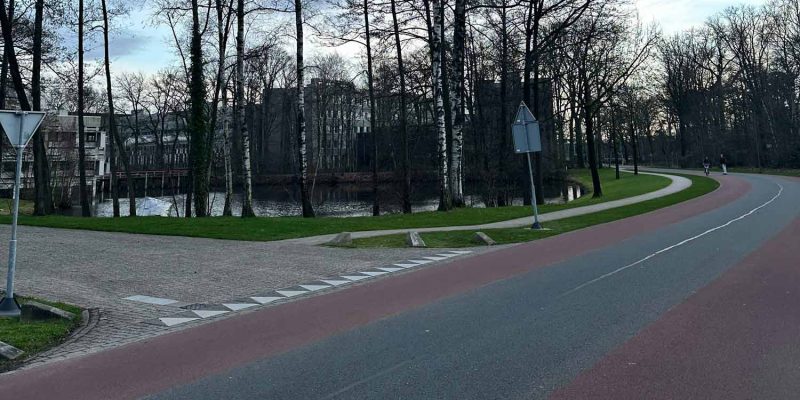
Resin Bound Edging: A Sustainable Choice for Urban Development
One of the most significant shifts in recent times has been the growing emphasis on sustainability. Amidst this evolution, resin bound edging has emerged as a standout solution, marrying environmental benefits with practical applications. It’s time we embraced this innovative material as a cornerstone of our urban development strategies.
Sustainability at Its Core
First and foremost, resin bound edging is a testament to sustainable innovation. Unlike traditional materials such as concrete and brick, resin bound edging often incorporates recycled materials. This not only reduces waste but also lessens the demand for virgin resources. By choosing resin bound edging, developers can significantly cut down on the environmental footprint of their projects.
Resin bound edging supports sustainable water management practices. Its permeable nature allows rainwater to seep through the surface, reducing runoff and helping to mitigate the risk of flooding—a growing concern in many urban areas. This permeability also helps to replenish groundwater levels, contributing to the overall health of our urban ecosystems.
Durability and Longevity
Another compelling reason to opt for resin bound edging is its durability. Traditional materials are prone to cracking and weathering, which can lead to frequent repairs and replacements. Resin bound edging, on the other hand, is designed to withstand the rigours of time and climate. Its resilience means fewer interventions are needed over its lifespan, translating to lower maintenance costs and reduced environmental impact associated with repair work.
Aesthetic Flexibility
From a design perspective, resin bound edging offers unparalleled flexibility. Available in a variety of colours and finishes, it can be tailored to suit the aesthetic needs of any project, whether it’s a contemporary commercial space or a historic urban park. This versatility allows urban developers to create visually cohesive and appealing environments that enhance the quality of life for residents and visitors alike.
Cost-Effective Sustainability
Sustainability often comes with a perception of higher costs. However, resin bound edging challenges this notion. While the initial investment might be slightly higher than traditional options, the long-term benefits far outweigh the costs. Its durability means fewer repairs and replacements, and its environmental benefits can contribute to achieving green building certifications, which are increasingly important in today’s market. These certifications not only enhance a project’s marketability but can also attract funding and incentives aimed at promoting sustainable development.
Enhancing Urban Spaces
Resin bound edging isn’t just about sustainability; it’s about enhancing the functionality and beauty of our urban spaces. Its smooth, seamless finish reduces trip hazards, making it an ideal choice for public pathways, parks, and pedestrian areas. By providing safe and attractive walkways, we encourage more people to walk and cycle, promoting healthier lifestyles and reducing vehicle emissions.
As urban developers, we have a responsibility to shape cities that are not only functional and beautiful but also sustainable. Resin bound edging offers us a powerful tool to achieve these goals. It’s time we moved away from outdated materials and embraced solutions that align with our environmental commitments.
Resin bound edging stands out as a sustainable choice that urban developers in the UK should seriously consider. Its environmental benefits, durability, aesthetic flexibility, and cost-effectiveness make it an exemplary material for modern urban development. By incorporating resin bound edging into our projects, we can create urban spaces that are not only fit for today but are also resilient and sustainable for the future. Let’s lead the way in sustainable urban development by choosing materials that support our vision of a greener, more beautiful world.
Comparing Resin Bound Edging to Traditional Materials: Why Make the Switch?
Among the most compelling advancements in the evolution of materials and techniques used in our cityscapes is the use of resin bound edging, a material that is rapidly gaining favour over traditional options like concrete, brick, and stone. It’s time we examined why this innovative solution deserves our attention and why urban developers should consider making the switch.
Aesthetic Versatility and Visual Appeal
One of the standout advantages of resin bound edging is its aesthetic versatility. Traditional materials such as concrete and brick often come with limited design options, resulting in monotonous and uninspiring urban environments. Resin bound edging, on the other hand, offers a wide range of colours and finishes, allowing developers to tailor the look to match any project’s unique aesthetic requirements. This flexibility ensures that our urban spaces can be both functional and visually engaging, enhancing the overall appeal of our streetscapes.
Durability and Longevity
When it comes to durability, resin bound edging significantly outperforms traditional materials. Concrete and brick are prone to cracking, chipping, and weathering over time, leading to frequent maintenance and costly repairs. Resin bound edging, however, is designed to withstand the harshest conditions. Its resilience to heavy traffic, freeze-thaw cycles, and UV exposure means it maintains its integrity and appearance for much longer. This durability translates into lower long-term costs and less frequent disruptions for repairs, making it a smart investment for urban projects.
Environmental Sustainability
In today’s world, sustainability is no longer an option but a necessity. Traditional materials like concrete have a considerable environmental impact, from the extraction of raw materials to the energy-intensive manufacturing processes. Resin bound edging offers a more sustainable alternative. Often incorporating recycled materials, it reduces the demand for virgin resources. Moreover, its permeability supports sustainable urban drainage systems (SuDS), allowing water to pass through and reduce surface runoff. This capability is crucial in mitigating the risk of urban flooding and helps maintain the natural water cycle, contributing to healthier urban ecosystems.
Ease of Installation
The installation process for resin bound edging is significantly more straightforward and less time-consuming compared to traditional materials. Concrete and brick installations often require extensive groundwork, heavy machinery, and prolonged curing times, leading to considerable disruption. Resin bound edging, particularly when using quick-setting variants, can be installed rapidly with minimal equipment. This efficiency reduces labour costs, shortens project timelines, and minimises inconvenience to the community, making it an attractive choice for urban developers.
Maintenance and Cost-Effectiveness
While the initial cost of resin bound edging may be higher than traditional materials, the long-term savings are substantial. Traditional materials require regular maintenance to address issues like cracking and spalling, which can become costly over time. Resin bound edging, with its superior durability, demands far less maintenance. Its seamless surface also makes it easier to clean, contributing to lower upkeep costs. When considering the total cost of ownership, resin bound edging emerges as a cost-effective solution that delivers long-term value.
Safety and Accessibility
Safety is a paramount concern in urban development, and resin bound edging offers significant advantages in this regard. Traditional materials can create uneven surfaces and trip hazards, especially as they degrade over time. Resin bound edging provides a smooth, even finish that reduces the risk of trips and falls. Its permeability also means that puddles and ice patches are less likely to form, further enhancing pedestrian safety. This makes it an ideal choice for pathways, public squares, and other areas with high foot traffic.
A Forward-Thinking Choice for Modern Cities
As urban developers, our responsibility extends beyond creating functional spaces—we must also ensure that our cities are sustainable, safe, and visually appealing. Resin bound edging meets these criteria in ways that traditional materials cannot match. Its combination of aesthetic flexibility, durability, sustainability, ease of installation, and cost-effectiveness makes it a superior choice for modern urban development.
The switch to resin bound edging represents a forward-thinking approach to urban development. It aligns with our commitment to sustainability, enhances the visual and functional quality of our public spaces, and offers long-term economic benefits. As we continue to build and revitalise our cities, it is essential that we embrace innovative materials that support our vision of a greener, more resilient, and more beautiful urban environment. Let’s lead the charge in transforming our cityscapes by choosing resin bound edging for our next projects.
Quicksetts Resin Bound Edging: Elevating Urban Design
In the realm of resin bound edging, Quicksetts stands out as a premier choice for urban developers aiming to combine aesthetic excellence with practical functionality. Quicksetts resin bound edging offers a range of benefits that make it an ideal solution for contemporary urban landscapes.
Innovative Design and Customisation
Quicksetts resin bound edging provides unparalleled design flexibility. Available in a wide array of colours, textures, and finishes, Quicksetts allows urban developers to customise their projects to match any architectural style or environmental setting. Whether you’re working on a historic renovation or a cutting-edge modern development, Quicksetts can be tailored to blend seamlessly with the surrounding area, enhancing the visual appeal and cohesion of the space.
Durability and Longevity
Like other high-quality resin bound materials, Quicksetts is renowned for its durability. It is engineered to withstand heavy traffic, adverse weather conditions, and the wear and tear of urban life. This resilience ensures that Quicksetts resin bound edging maintains its integrity and appearance for many years, reducing the need for frequent repairs and replacements. This durability translates into significant long-term cost savings and less disruption for maintenance.
Sustainability and Environmental Impact
Quicksetts is committed to sustainability. Their resin bound edging solutions often incorporate recycled materials, reducing the environmental footprint of new urban developments. Additionally, the permeable nature of Quicksetts resin bound edging supports sustainable urban drainage systems (SuDS), allowing rainwater to filter through and reduce surface runoff. This capability helps mitigate the risk of flooding, supports groundwater replenishment, and contributes to a healthier urban ecosystem.
Ease of Installation with Quick Setting Technology
One of the standout features of Quicksetts resin bound edging is its quick setting technology. This innovation allows for rapid installation and curing, significantly reducing the time required for roadworks and construction projects. The ability to set quickly means that roads and pathways can be reopened sooner, minimising disruption to traffic and pedestrian flow. This efficiency is particularly beneficial in busy urban areas where extended road closures can cause significant inconvenience and frustration.
Enhanced Safety and Accessibility
Quicksetts resin bound edging also prioritises safety and accessibility. Its smooth, even surface reduces trip hazards, making it safer for pedestrians, including those with mobility challenges. The permeable design helps prevent the formation of puddles and ice patches, further enhancing pedestrian safety. This focus on creating safe, accessible pathways and roadways is crucial in developing inclusive urban environments.
Cost-Effectiveness
While the initial investment in Quicksetts resin bound edging may be higher than traditional materials, the long-term economic benefits are considerable. The reduced need for maintenance and repairs, combined with the longevity of the product, means that the overall cost of ownership is lower. Additionally, the quick installation process helps save on labour costs and minimises the economic impact of road closures.
The Future of Urban Development with Quicksetts
As urban developers, our goal is to create spaces that are not only functional and safe but also beautiful and sustainable. Quicksetts resin bound edging meets these requirements, offering a superior alternative to traditional materials. Its combination of design flexibility, durability, environmental benefits, quick setting technology, and cost-effectiveness makes it an ideal choice for contemporary urban development.
By incorporating Quicksetts resin bound edging into our projects, we can enhance the aesthetic and functional quality of our urban environments. It’s time to embrace this innovative material and lead the way in creating greener, safer, and more attractive cities. As we look to the future, Quicksetts stands out as a key component in the evolution of urban design and development, ensuring that our cities are well-equipped to meet the demands of modern life while preserving their unique character and beauty.


